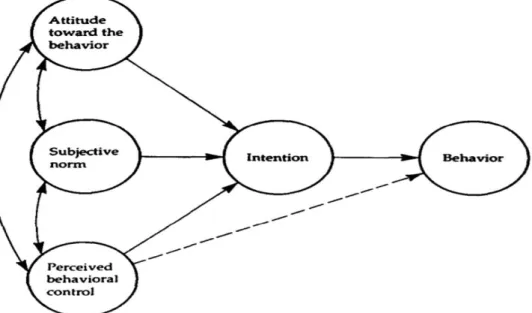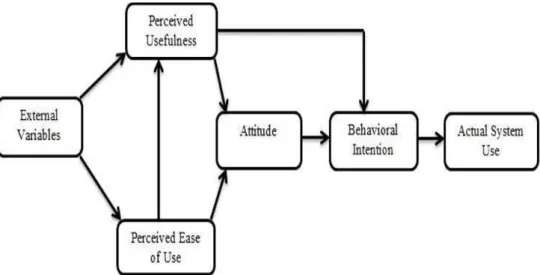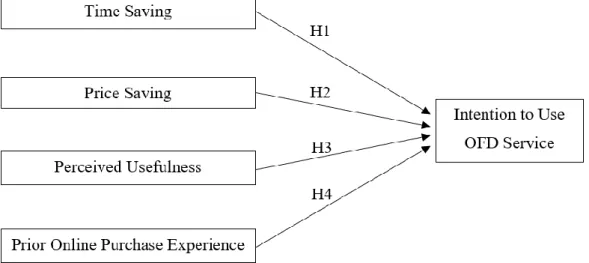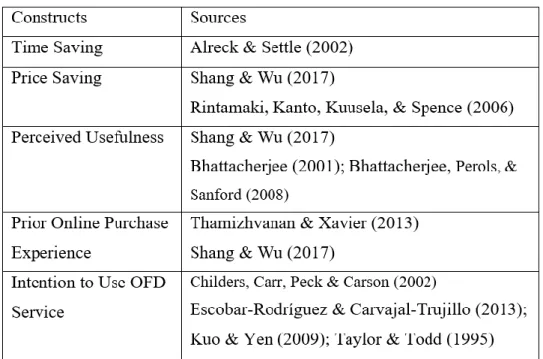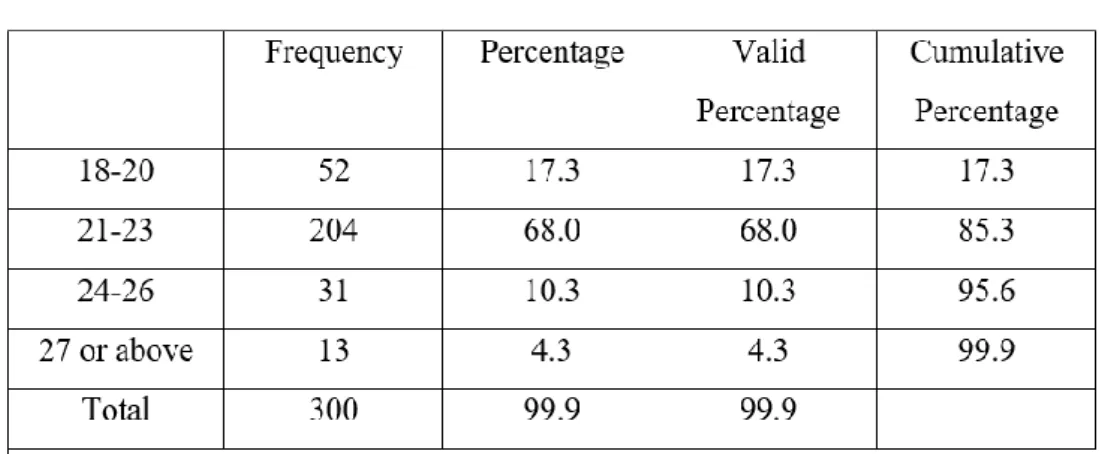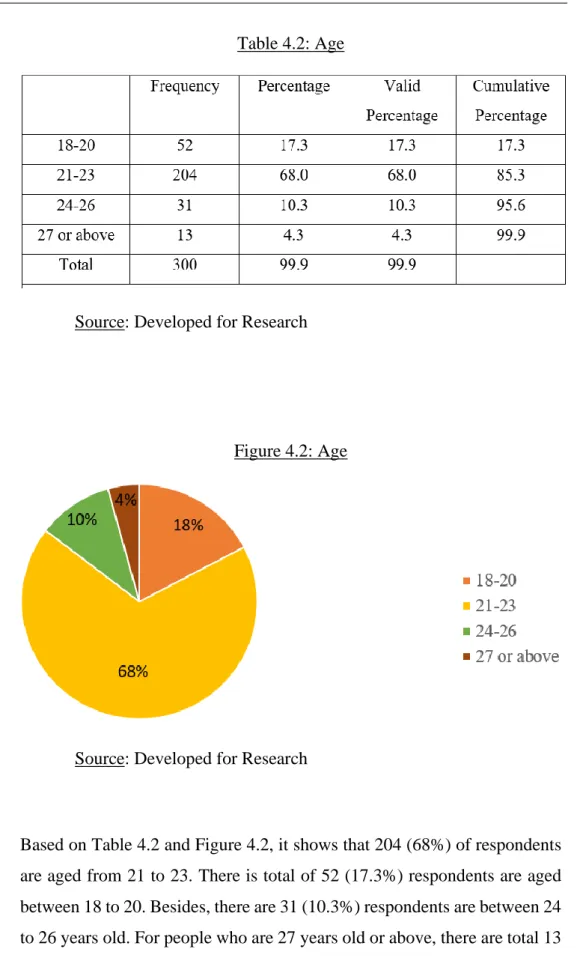The topic that has been chosen for this research project is "Factors Influencing Intention to Use Online Food Delivery Service between Local and Foreign University Students in Malaysia". These apps are common to use today as it brings a great convenience to the consumers. The purpose of this conducted research is to investigate the factors that may influence local and foreign university students' intention to use the OFD service.
This research aims to examine the independent variables that include time savings, cost savings, perceived usefulness, and prior online shopping experience towards the dependent variable of intention to use an OFD service. In this research project, the results show that all independent variables have a positive or significant relationship with the intention to use the OFD service.
RESEARCH OVERVIEW
- Introduction
- Research Background
- Research Problem
- Research Objectives
- Research Questions
- Research Significance
All these apps are aggressive in providing food delivery services to consumers (Kong & Bizhive, 2018). To examine the time savings, cost savings, perceived usefulness and prior online shopping experience in relation to local and foreign university students using an online food delivery (OFD) service. Through this research project, we can gain an insight into the factors that can influence the intention of local and foreign university students towards online food delivery (OFD) service in Malaysia.
This is because this delivery service is really bringing convenience especially to university students who live at a far distance from restaurants. Additionally, there are always numerous promotional offers offered by certain restaurants using their delivery service.
LITERATURE REVIEW
- Introduction
- Underlying Theories
- Theory of Reasoned Action
- Theory of Planned Behavior
- Technology Acceptance Model
- Review of Variables
- Intention to Use OFD Service
- Time Saving
- Price Saving
- Perceived Usefulness
- Prior Online Purchase Experience
- Proposed Theoretical / Conceptual Framework
- Hypotheses Development
- The relationship between time saving towards intention to
- The relationship between price saving towards intention to
- The relationship between perceived usefulness towards
- The relationship between prior online purchase experience
H1: There is a positive relationship between time saving towards domestic and foreign university students' intention to use OFD service. H2: There is a positive relationship between price saving on domestic and foreign university students' intention to use OFD service. H3: There is a positive relationship between perceived usefulness to domestic and foreign university students' intention to use the OFD service.
It will be their intention to use the OFD service for a second time. H4: There is a positive relationship between prior online shopping experience on domestic and foreign university students' intention to use OFD service.
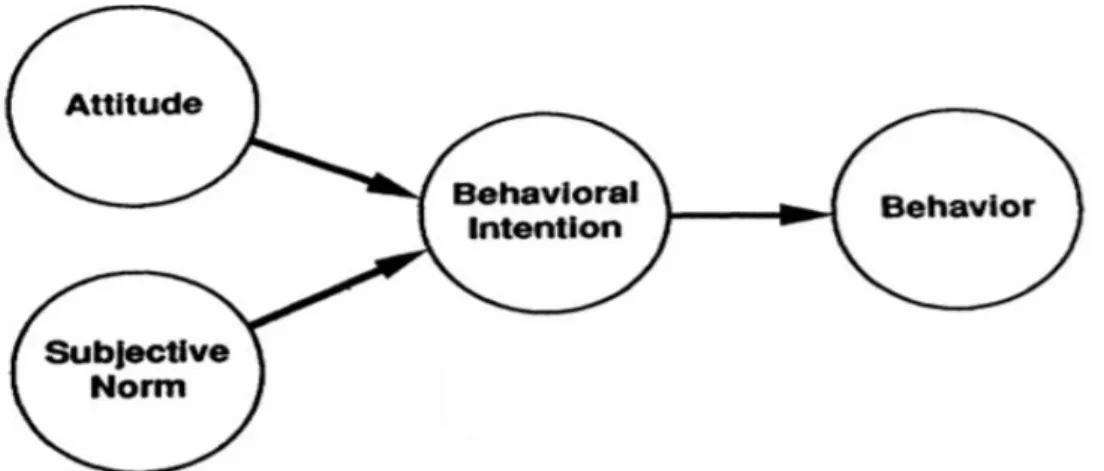
RESEARCH METHODOLOGY
- Introduction
- Research Design
- Sampling Design
- Sampling Method
- Target Population
- Sampling Frame & Sampling Location
- Sample Size
- Data Collection Method
- Primary Data
- Secondary Data
- Research Instrument
- Questionnaire Design
- Pilot Test
- Constructs Measurement
- Origin of Constructs
- Measurement of Scale
- Proposed Data Analysis Tool
- Descriptive Analysis
- Inferential Analysis
Therefore, causal research will be used in this research project to identify the reasons for the factors that influence local and foreign university students' intention to use the OFD service in Malaysia. The target groups of this research project are the local and foreign university students, the majority of them are aged from 18 to 23, who are studying in Malaysia. The sampling frame for this research project is mostly focus on local and foreign university students in Malaysia.
The focus of this research project is those who usually use the OFD service in their daily lives. For the realization of this research project, the implementation of the primary and secondary data collection method is required to search for data and information. In order to successfully carry out this research project, the primary data source will be the distribution of the questionnaire using the Google form.
In addition, other relevant websites are also used to obtain the relevant data and information to carry out this research. After that, it will be distributed to the qualified university students to fill in the questionnaire. In order to carry out this research project smoothly, pilot test will be carried out by distributing ten copies of questionnaire to the small group of respondents.
It is a less experimental way of pre-testing the main purpose of this research project so that any errors can be minimized. There are three types of measurement scales used in this research, which include nominal, ordinal, and interval. This is because there are numerous data from around 300 respondents to complete the questionnaire.
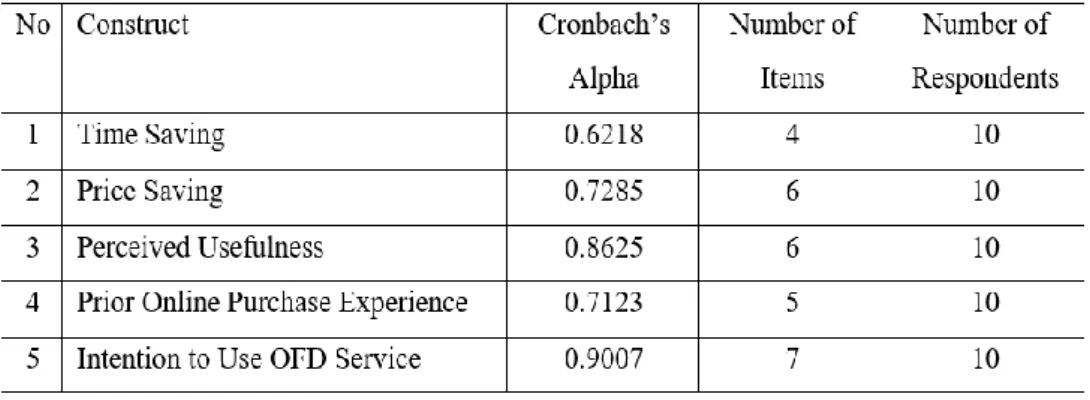
DATA ANALYSIS
- Introduction
- Descriptive Analysis
- Respondents’ Demographic Profile and General
- Scale Measurement
- Reliability Test
- Inferential Analysis
- Multiple Linear Regression
For people who are 27 years old or older, there are a total of 13 (4.3%) respondents who participate in this research. As shown in Table 4.3 and Figure 4.3, the majority of respondents in this research are Malaysians who account for 81.3% and about 244 individuals. It includes people from Singapore, China, Taiwan, Japan, Hong Kong, Australia, Vietnam, Russia, Korea, Indonesia, Canada, Sydney and Ireland.
Most of the respondents are Malaysian because they are easier to find compared to foreign students in Malaysia. The majority of undergraduate students participated in this questionnaire, which is approximately 211 respondents (70.3%). The second largest group of respondents are graduates, which consists of a total of 300 respondents.
Based on table 4.5 and figure 4.5, it is found that most of the respondents use the OFD service once a week accounting for 58.3%. For those who use the OFD service twice a week, it accounts for 23% consisting of 69 respondents. Based on the above table, all the independent variables (time saving, price saving, perceived usefulness and previous online shopping experience) and dependent variable (intention to use OFD service) are considered to have good reliability.
R-square shows that there is 65.4% of intent between local and foreign university students to use the OFD service, which can be determined by time savings, cost savings, perceived usability, and previous online purchasing experience. Therefore, the relationship between independent variables and dependent variables is strong as they relate to the factors influencing the intention of local and foreign university students to use online food delivery (OFD) in Malaysia. It can be defined that at least one of the independent variables (time savings, price savings, perceived usability, and previous online purchase experience) is likely to have a positive relationship with the dependent variable (intention to use OFD service).

DISCUSSION, CONCLUSION AND IMPLICATIONS
Introduction
Discussions of Major Findings
H4: There is a positive relationship between prior online purchase experience and intention to use OFD service. Based on Table 5.1, the beta value shows that the previous online purchase experience has the highest beta value, which is 0.336. This means that the intention of local and foreign university students to use OFD service is expected to increase for each point increase in previous online purchase experience.
Therefore, the hypotheses showing that there is a positive relationship with the intention to use the OFD service are supported. Of all the variables, cost saving has the lowest unstandardized coefficient data and t-value, although this study still supports it. There are a few reasons that may explain why it will be low in the unstandardized coefficient and t-value data.
It is because the business or restaurant does not serve those specific places, so it will incur a high cost for consumers to pay the extra fee. Besides, a company or restaurant that provides OFD service is normally well known and considered as a large organization. So the price set initially will be a bit high compared to those stalls that operate along the road.
Sometimes they need to add food to enjoy free delivery by ordering food from websites or apps and using OFD service. In order to enjoy the free delivery, the so-called are forced to buy an additional thing. Therefore, local and foreign university students will think that OFD service is not a way to save prices in order to enjoy food by using OFD service.
Implications of Study
- Managerial Implication
- Time Saving
- Price Saving
- Perceived Usefulness
- Prior Online Purchase Experience
It attracts people's attention to use their OFD service instead of spending time to visit a physical restaurant and buy food. Based on the findings of this research, saving time is one of the essential factors influencing the intention of domestic and foreign students to use the OFD service. Therefore, restaurants should always improve their OFD services so that more consumers will use them in the future.
Unlike those hawker stalls or malls, restaurants that offer OFD service usually sell food at higher prices. Therefore, some respondents might spend some time to get to a physical restaurant and buy food instead of using the OFD service, even though it is considered convenient. This is because some websites or apps will mention that there will be a cash rebate or even free shipping after you purchase a certain amount.
Therefore, they may be interested in this and join their friends who use OFD service to buy food so that they can enjoy this benefit together. Therefore, once they become familiar with the use of the OFD service, they will find it useful in their daily lives. Especially for those who live far from the restaurant, the OFD service is more useful.
From the first use of a particular food ordering website or mobile application, consumers can set their personal information such as name, contact number, address and so on when they want to enjoy the OFD service. When they experience that the service is good, they will have the intention to use the OFD service again. They can also share their experience with their friends and show them how to use the OFD service.
Limitations of Study
- Research Design
- Target Respondents
- Sampling Location
Recommendation for Future Research
A study of factors influencing consumers' intention to use on-demand food delivery applications in Bangkok, Thailand. Factors affecting Indonesian users' attitude and behavioral intention towards online food delivery service by Go-Food application. Adoption of O2O food delivery services in South Korea: The moderating role of moral obligation in meal preparation.
As part of my university dissertation on "Factors Influencing Intention to Use Online Food Delivery (OFD) Service Among Local and Foreign University Students in Malaysia", I would like to conduct this survey to obtain some relevant reactions from local and foreign universities. students in Malaysia towards OFD service. Section C: This section shows the declaration regarding the intention to use the online food delivery (OFD) service.
Theory of Reasoned Action
Theory of Planned Behavior
Technology Acceptance Model
Proposed Theoretical / Conceptual Framework
Survey Questionnaire
Summary of Reliability Statistics
Rules of Thumb of Cronbach’s Alpha
Cronbach’s Alpha of Pilot Test
Origin of Constructs
Statistic of Respondents’ Gender
Percentages of Respondents’ Gender
Statistic of Respondents’ Age
Percentages of Respondents’ Age
Statistic of Respondents’ Nationality
Percentages of Respondents’ Nationality
Statistic of Respondents’ Current Education Level
Percentages of Respondents’ Current Education Level
Statistic of Respondents’ Frequency to Use OFD Service
Percentages of Respondents’ Frequency to Use OFD Service
Result of Reliability Test
Cronbach’s Alpha of Time Saving
Cronbach’s Alpha of Price Saving
Cronbach’s Alpha of Perceived Usefulness
Cronbach’s Alpha of Prior Online Purchase Experience
Cronbach’s Alpha of Intention to Use OFD Service
Multi Linear Regression
Summary of Results for Hypotheses Testing
